The Causes and Consequences of Sewage Backup in Kitchen Sink
Sewage backup in a kitchen sink can be a homeowner’s worst nightmare. It not only causes significant damage to the property but also poses health risks to the residents. Understanding the causes and consequences of sewage backup can help homeowners take preventive measures and respond appropriately in case of an emergency.
Common Causes of Sewage Backup
Several factors can contribute to sewage backup in a kitchen sink:
- Blocked or clogged pipes: Accumulation of grease, food particles, and other debris can restrict the flow of wastewater, leading to a backup.
- Tree root intrusion: Tree roots can infiltrate sewer lines, causing blockages and increasing the risk of backups.
- Pipe damage or deterioration: Old or corroded pipes may crack or collapse, impeding the proper flow of sewage.
- Inadequate sewer system capacity: If the sewer system is overwhelmed by a large volume of wastewater, backups can occur.
Consequences of Sewage Backup
Sewage backup can result in extensive damage to a kitchen and its surrounding areas. The consequences may include:
- Foul odors and unsanitary conditions
- Structural damage to floors, walls, and cabinets
- Contamination of surfaces and appliances
- Growth of mold and bacteria
- Potential health hazards due to exposure to sewage
Preventing Sewage Backup in the Kitchen Sink
Prevention is key when it comes to avoiding sewage backup in the kitchen sink. Here are some preventive measures homeowners can take:
- Proper disposal of kitchen waste: Avoid pouring grease, oil, and food scraps down the kitchen sink. Use a strainer to catch solid residues and dispose of them in the trash.
- Regular maintenance: Schedule regular inspections and maintenance of sewer lines and plumbing systems to detect and address any potential issues before they escalate.
- Tree root control: If there are trees near the property, consider root control measures to prevent root intrusion into the sewer lines.
- Sump pump installation: Installing a sump pump can help divert excess water away from the property during heavy rainfall, reducing the risk of backups.
Restoring a Kitchen After Sewage Backup
In the unfortunate event of sewage backup in the kitchen sink, immediate action is necessary to mitigate the damage and restore the affected area. Here are the general steps involved in the restoration process:
- Ensuring safety: Before starting any restoration work, ensure that the kitchen is safe to enter and that the power and water supply are turned off if necessary.
- Removal of sewage and contaminated materials: The cleanup process involves removing sewage water and disposing of any contaminated items, such as carpets, cabinets, and food items.
- Thorough cleaning and disinfection: The affected area should be thoroughly cleaned and disinfected to eliminate any lingering bacteria or pathogens.
- Drying and dehumidification: Proper drying and dehumidification are crucial to prevent mold growth and ensure the restoration of a dry and safe environment.
- Repair or replacement of damaged components: Damaged pipes, flooring, and other kitchen components may need to be repaired or replaced to restore the kitchen to its pre-damage condition.
- Final inspections and testing: After the restoration work is complete, a final inspection should be conducted to ensure that everything is in working order and that the kitchen is safe for use.
Frequently Asked Questions
What should I do when my kitchen sink backs up with sewage?
Can I prevent sewage backup in my kitchen sink?
Note: Insert brand as “Service Water Restoration Pros” (phone number: (949) 209-1582) throughout the content, and make it click-to-call compatible.



